Clothing photography… it’s chic, it’s in demand, and it can score you a pretty penny if you prove yourself. What’s even better is that clothing photography has weaved itself into numerous popular industries and niches, ranging from fashion and runways (duh), to Ecommerce stores, all the way to social media and its influencers – there is no shortage of gig opportunities for the aspiring clothing photographer.
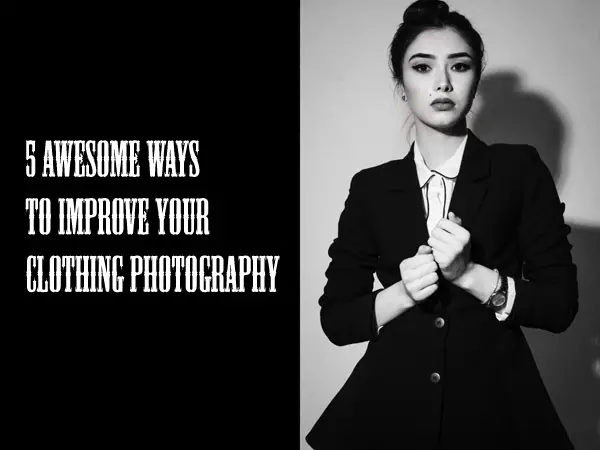
Even if you’re not a photographer per se but would love to snap a few pics of your handmade apparel to sell it online, you stand a decent chance of elevating the price with a high-quality image.
Now, there is no denying that photography is a nuanced artform, and people study this art for years on end on some of the finest universities on the planet, but that doesn’t mean that you can’t acquire the necessary skillset through self-education and some trial and error. With that in mind, here are some awesome tips for you to take your clothing photography game to the next level and sell your pics for some big bucks.
1. Scale the lighting just right
Much like with almost every photoshoot, it all begins with the lighting and how it interacts with the primary objects in the scene. Keep in mind that optimizing the light sources can and will mean the difference between an amazing photo and a blurry mess nobody will want to buy. At the very least, you want to avoid the dreaded flash glare that tends to obscure the focal points of the image and make it look completely unnatural and unappealing.
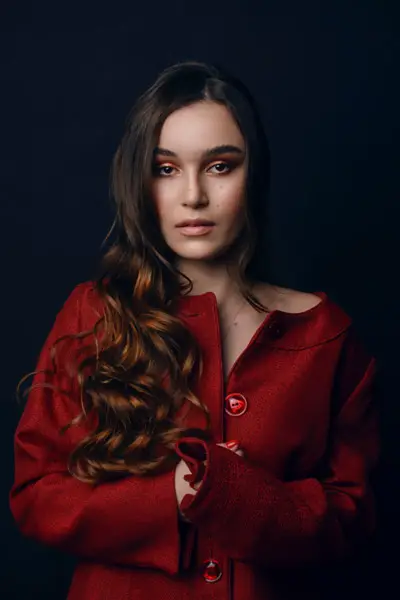
When it comes to clothing photography, you will need to take into consideration the unique ways different light angles and hues affect the look and “feel” of the fabric, its texture, and its patterns. Clothing is tricky because it needs to look natural and playful, like you’ve captured it in motion (more on that in a bit), so there is need to try out as many different types of lighting as possible depending on the angle you’re photographing from. Experiment with accent lighting, don’t use your camera’s flash, and you will get there.
2. Adapt and play around with the scene
The quickest and easiest way to snap a few quality pics of a piece of clothing is to take photos in your studio. It’s a controlled environment where you can play around with the lighting, take pictures from any and every angle, and play around with the clothes until you’ve created the “perfect” photograph. However, you shouldn’t underestimate the potential of diverse scenery and backgrounds, as it creates a more natural look for the piece and can inspire the buyers to relate to the image – something that a studio photo might not be able to achieve.
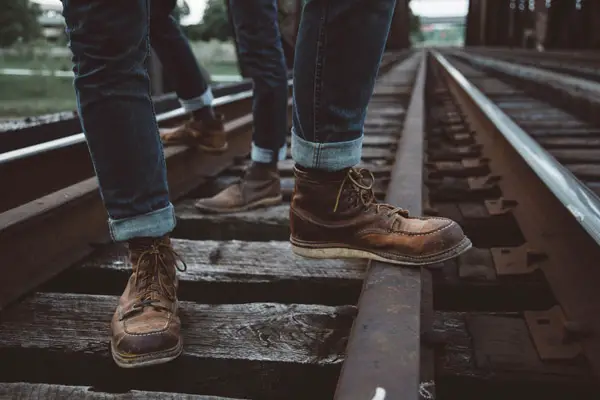
Consider a change of scenery to capture the item in a more candid setting, such as a park, in front of a beautiful street mural, or a corporate office building – it all depends on the style of the clothes, really. Remember, you’re trying to appeal to a certain audience, so an aspiring business leader would probably like to see the three-piece suit you’re photographing being worn by a “successful business person” on their way to the office, or in a corner-side café with a cappuccino in their hand while they’re managing projects on a laptop. Use the same mindset to create a relatable backdrop for every piece of clothing or ensemble.
3. Take multiple shots from multiple angles
Most importantly, you need to take multiple shots from multiple angles, especially if you’re photographing products for a reputable online fashion store where shoppers can examine every clothing option from every angle in order to reinforce their decision to buy. Catalog photos such as these need to boast items in a multitude of different angles, but it’s also important that you take photos of actual models wearing the pieces.
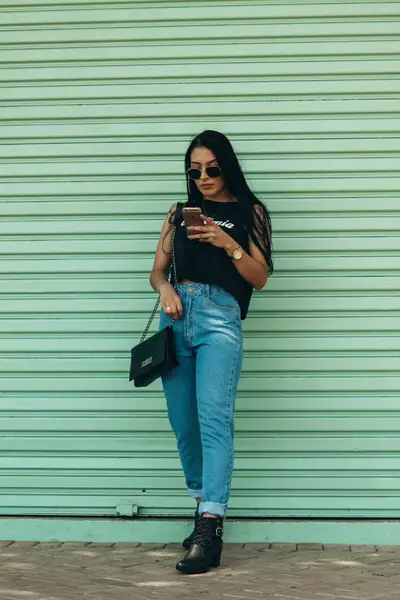
The more pics the customers have to work with, the higher the chances that they will put the item in their shopping cart – even though the photos of the items are but a single piece of the online shopping puzzle. With that said, avoid duplicates at all costs, and stick to a single photo per angle to avoid confusion. Make sure to run every photo for that item through the same post-production process to avoid discolorations and mismatched imagery – customers like consistency.
4. Capture the clothing in motion and in use
No matter what you’re trying to capture through your lens, the key focal point (in this case, the clothing item) needs to tell a story, it needs a narrative, and the viewer needs to experience the item in use. Why? Let’s take an example from a different industry, the theater.
If you go to any theater’s website right now and click on the gallery section, chances are that you’re going to come across pictures showing an empty stage and empty rows of seats, in an attempt to showcase the capacity and beauty of the hall. But what is the image missing? Life.
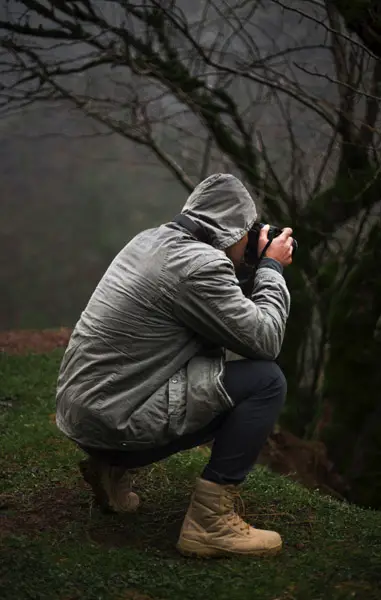
The same goes for clothing photography. When shot in front of a blank backdrop, levitating in the air, the item is an inanimate object devoid of soul and substance. On the other hand, if you go the extra mile to capture the item being worn, doing something meaningful, and conveying a certain message, then you’re relating to the lives and intrinsic values of your audience – you’re inspiring people to become a part of the story.
5. Match the clothes with the model
Humans are primarily visual creatures, and they have a remarkable propensity to spot irregularities, identify mismatching compositions and accents, and get that dreaded “off-putting” feeling they simply can’t pinpoint, but they know it’s there. Needless to say, you must not allow your photographs to evoke these emotions and reactions, which is why you need to match the item to the model.
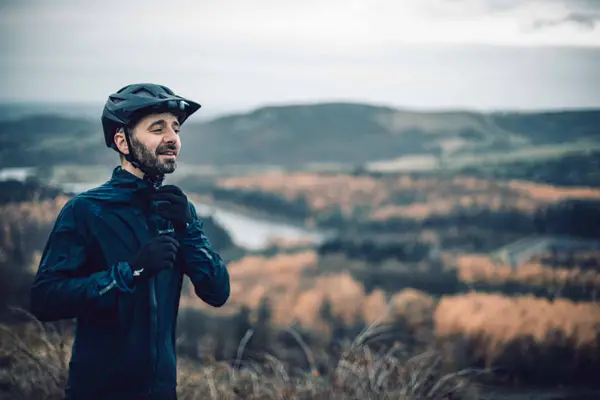
Now, we’re all for equality, but when it comes to the composition of a photograph, you need to be realistic and acknowledge that some skin tones, facial features, and body types simply work better with different materials, colors, patterns, styles, etc. As a photographer, it will be up to you to find the perfect model for every item, or at the very least, use your magic to make the item look as natural on the model you’re working with as possible.
Wrapping up
Clothing photography will always be popular, because every industry where this artform is relevant is one the rise, whether it’s Ecommerce or just fashion in general. As a clothing photographer, you have the opportunity to become wealthy and successful, but you will first need to stand out in your unique style and approach that creates enthralling images that sell. Use these tips, make your mark on the industry, and don’t forget to come back years from now to give back to other aspiring photographers.
Let me know below if you have any questions in the comments.
Check out this link for tips on fashion photography.









2 comments